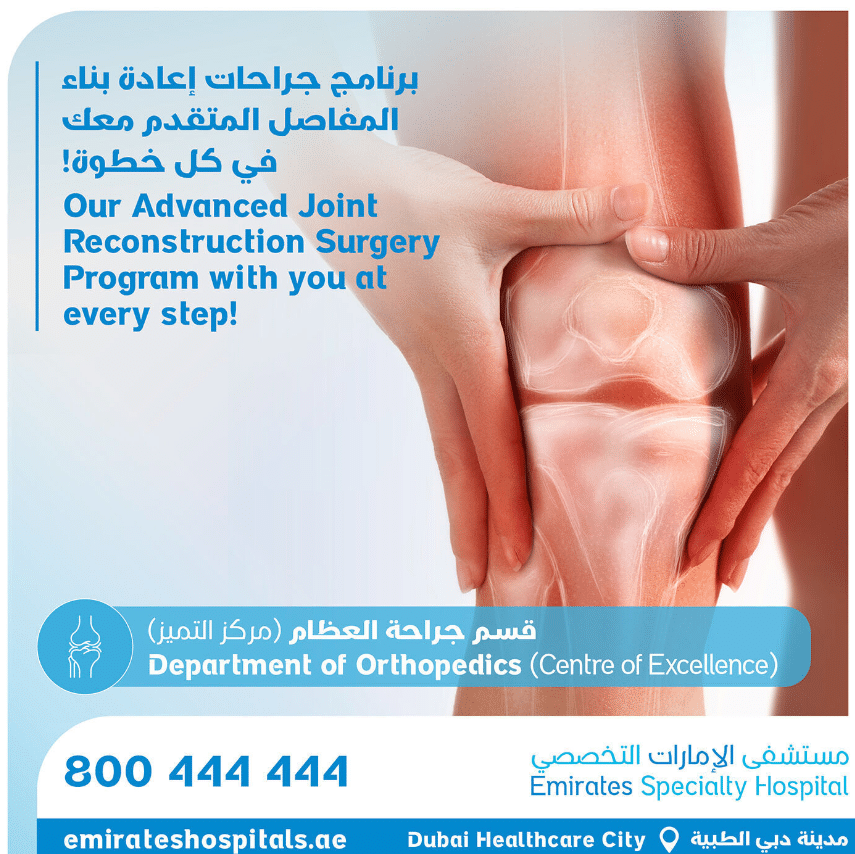What is HEPATITIS?
The structures that give blood its color and carry oxygen are called hemoglobin. Hemoglobin is the substance that forms the main structure of red blood cells. Red blood cells’ lifespan is about 120 days. After 120 days, the red blood cells in the blood are destroyed and renewed. When this hemoglobin substance in red blood cells is destroyed, it is converted to bilirubin. Bilirubin is a yellow substance. The liver is responsible for removing bilirubin from the body. But if bilirubin cannot be removed sufficiently from the body for any reason, it joins the bloodstream and causes the skin, mucous membranes and white flux to appear yellow. This is called “jaundice.”
Neonatal Jaundice: Removing bilirubin in the womb is the task of the plesenta. When the baby is born, the liver takes over this task, but the task has just taken over, the developing liver cannot effectively remove bilirubin at first, and jaundice is observed in the baby. Over time, the liver effectively removes bilirubin, and the symptoms disappear spontaneously.
Adult Jaundice: Hepatitis means “liver inflammation” as a word. Viruses develop due to various chemicals, drugs and alcohol intake. It usually causes liver enlargement, tenderness and sometimes permanent damage.
Viral hepatitis is the most common infectious disease caused by various viruses that settle in the liver. In particular, Hepatitis B virus infection is one of the common and serious health problems in the world. Not only hepatitis B, but all types of hepatitis, especially A and C, pose a danger to our health.
What is LIVER FATTENING (Hepatosteatosis)?
The liver has important functions in fat metabolism in the body. A liver disease that occurs due to accumulation of fat above normal in liver cells whose working order and enzyme balances are disturbed due to unhealthy diet, insufficient physical activity and bad habits is called “liver fattening”.
Symptoms:
- Fatigue and low energy
- Pain in the chest and abdomen
- Itching, redness and flaking on the skin
- Quick fatigue
- Loss of appetite
- Nausea and vomiting
- Jaundice
Reasons :
- Overweight, pregnancy
- Alcohol and smoking
- Fast weight loss
- Some medicines used continuously
- Sedentary and erratic life
- High cholesterol
- Diabetes
- Consumption of foods with high toxin content
What is CIRRHOSIS?
The liver is the largest of its internal organs. It weighs about 2 kg. It is responsible for purifying the blood from chemicals, alcohol and drugs. In addition, it has many important functions such as storage of some vitamins and minerals, digestion of fats, blood clotting, regulation of the immune system.
Damage to the liver leads to a decrease in cells over time and the liver begins to harden and shrink. As the organ hardens, blood flow to the tissues is interrupted and as a result it becomes unable to perform its duty. This condition is called “liver failure” or “cirrhosis”.
Symptoms:
- Appetite and weight loss
- Nausea and vomiting
- Constant feeling of weakness
- Swelling of the legs – edema formation
- Swelling due to the accumulation of acid in the abdomen
- muscle loss
- anemia
- Itching
- Jaundice
- Blood does not clot
- Menstrual irregularity in women
- Bruising and bleeding on the skin
- Nervousness
- Constipation and flatulence
- Feeling of heaviness in the stomach
Reasons:
- Excessive alcohol use
- Chronic viral hepatitis such as hepatitis B and hepatitis C
- Non-alcohol-induced liver fatty
- Obstruction and inflammation of the biliary tract
- Long-term use of heavy drugs
- Excessive intake of iron and copper minerals
• Chronic heart failure








